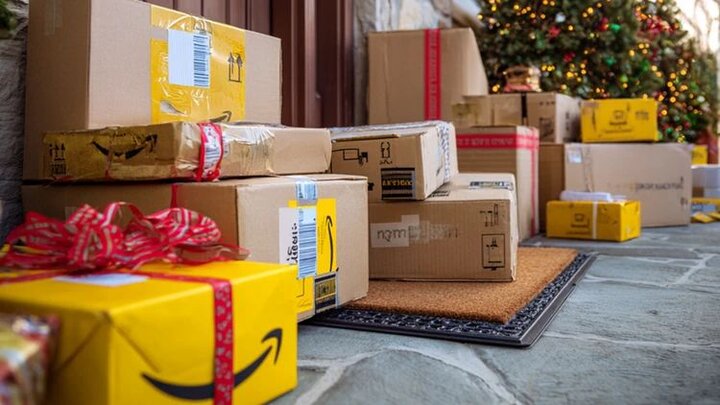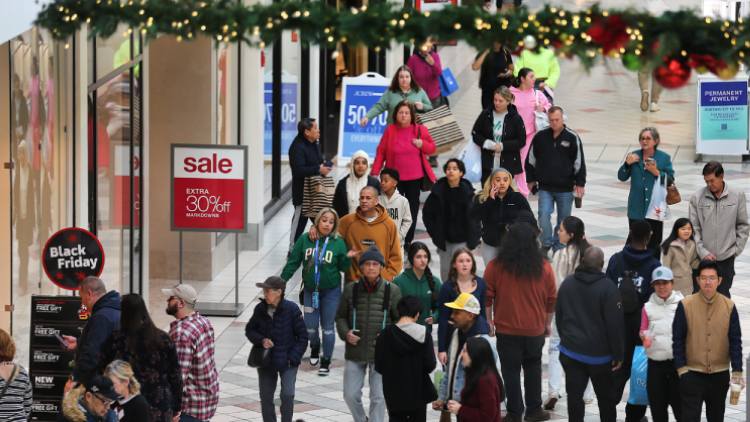Accurate returns forecasting helps manage the influx, enabling teams to process refunds efficiently and maintain a smooth customer experience.



Retailers often rely on the holiday season for a major portion of annual revenue, investing heavily in sales forecasting, inventory, marketing, and logistics. However, many overlook the importance of forecasting returns.
In today’s market, higher sales mean higher returns. Without planning for post-holiday returns, operations can become overwhelmed—straining warehouses, supply chains, and customer service. Accurate returns forecasting helps manage this influx, enabling teams to process refunds efficiently and maintain a smooth customer experience.
Tactical Steps For Effective Returns Forecasting
1. Mine Historical Returns Data
2. Segment by Product Category and Channel
3. Track Consumer Behavior and External Factors
4. Apply Forecasting Models and Predictive Analytics
5. Test Scenarios and Stress Models
6. Integrate Forecasting Across Teams
1. Warehouse Readiness and Capacity Planning
2. Staffing and Labor Planning
Accurate forecasting is the first step in managing holiday returns. And the retailers that expect rather than react can prevent chaos when the holiday is over. Here are some tactical steps to ensure effective returns forecasting:
Returns forecasting begins with the compilation of accurate historical data. And past holiday seasons can provide a baseline for seasonal returns. For example, apparel brands often see25–30% of holiday purchases come back, while electronics average closer to 15%. Knowing these will guide you in making realistic estimates for future returns.
Segmenting returns improves forecasting accuracy. Categories like fashion, footwear, and electronics see higher return rates, and e-commerce returns often double in-store ones due to behaviors like bracketing and gift-buying. Breaking down returns by category and channel helps teams forecast more accurately and allocate resources efficiently.
Forecasting future returns requires awareness of consumer behavior. Given current trends — such as shoppers ordering multiple sizes or styles with the intention of returning some, and gift recipients frequently exchanging items that don’t suit their needs — many returns should come as no surprise.
Changes to the returns policy, such as extended holiday return windows, can alter the timing of reverse flows. And external factors, such as shipping delays or economic pressure, also impact return rates. By anticipating these factors, you can adjust the forecasts before bottlenecks emerge.
Forecasting returns improves by combining historical and current data. Time series and regression models help project return rates, while machine learning enhances accuracy by factoring in variables like promotions, shipping delays, and regional trends. This enables better planning for post-holiday return spikes.
Scenario planning exposes risks, and you can, for example, simulate the effect of offering free holiday returns or extending policies until February. While these policies may lift sales, they also have the potential to increase return volumes. A retailer that tests scenarios can prepare storage, staff, and refunds in advance. Stress testing ensures the system holds up when the unexpected happens such as returned items doubling or tripling in volume.
Returns forecasts are only useful when shared across the reverse supply chain. For example:
- Operations needs weekly return estimates by item type to plan effectively.
- Fulfillment must prepare storage space to avoid chaos.
- Customer service needs refund forecasts to staff properly and provide accurate info.
Returned merchandise requires space, and failing to plan for that will often result in congestion and delays. This is why capacity planning based on forecasted return rates is so essential in the returns management process.
For example, fast-moving returned items should have a dedicated space for inspection and restocking. Electronics may require separate zones for refurbishment, and non-saleable goods should have designated disposal areas to prevent contamination of saleable stock.
Labor shortages are common during peak season. Accurate return forecasts help retailers plan seasonal staffing for returns management and reverse logistics. Forecasts also guide training needs, including fraud detection, as fraudulent returns often spike post-holidays. Staff should be trained to process refunds quickly to maintain customer trust, and labor schedules should align with peak return periods—typically the first two weeks after Christmas.
Preparing Operations for the Return Surge
Returns forecasting is the foundation, but acting on the forecast is what prevents breakdowns in post-holiday returns management.
3. Reverse Logistics Workflows
4. Technology and Visibility
5. Carrier and Logistics Coordination
6. Customer-Facing Processes
7. Continuous Monitoring and Adjustments
Bottlenecks often stem from unclear workflows. Standardizing returns processes—like intake, inspection, and restocking—reduces errors. A triage system helps speed this up by directing defective items to repair, resalable goods to stock, and unsalvageable ones out of the system. Automation, such as barcode scanning or AI sorting, further improves efficiency. Faster processing leads to quicker refunds, enhancing customer loyalty.
Today, customers expect real-time tracking of their return items and refunds. This is why returns management software such as ReverseLogix is vital during the post-holiday spikes. ReverseLogix, for example, connects forecasting, warehouse operations, and customer-facing systems, providing consolidated insights on one single dashboard. Now, you have a system that provides updates, reduces the need for customer service calls, and improves overall customer experience. With the solution, you also have access to insights comparing forecasted versus actual returns, enabling the team to adjust resources on a daily basis.
Reverse logistics strain carriers, especially during and after the holidays. That’s why it’s essential to work closely with them to prepare in advance. Pre-booking capacity in early January helps avoid delays and regional surges in gift-heavy urban areas, often requiring multiple carriers. Coordinating return shipping is just as important as outbound planning—poor reverse logistics can cause refund delays and hurt customer loyalty.
Customer loyalty relies on smooth, clearly communicated return policies. Avoid making returns difficult—offer prepaid labels, drop-off points, or in-store returns to reduce friction. Fast refunds within five days boost repeat purchases, helping retain customers when frustration is highest.
Returns forecasting is not a one-time process. Actual return volumes often differ from estimates, so you must monitor daily return rates to adjust labor schedules, warehouse zones, and carrier allocations in real time. Post-season evaluation provides details for improvement in the next year and forecasting future returns improves with every cycle of measurement and adjustment.






As the President and COO of Mercatus, Sylvain Perrier leads the development and execution of the company’s strategic initiatives, focusing on integrating cutting-edge commerce technology with enterprise SaaS solutions to revolutionize the retail shopping experience.
Perrier manages a diverse team across various departments, fostering external partnerships and leveraging deep market insights to drive growth and technological innovation at Mercatus.
Prior to joining Mercatus, Perrier held several leadership positions with leading tech firms including BrightLane Inc., Springboard Retail Networks, and In-Touch Survey Systems.